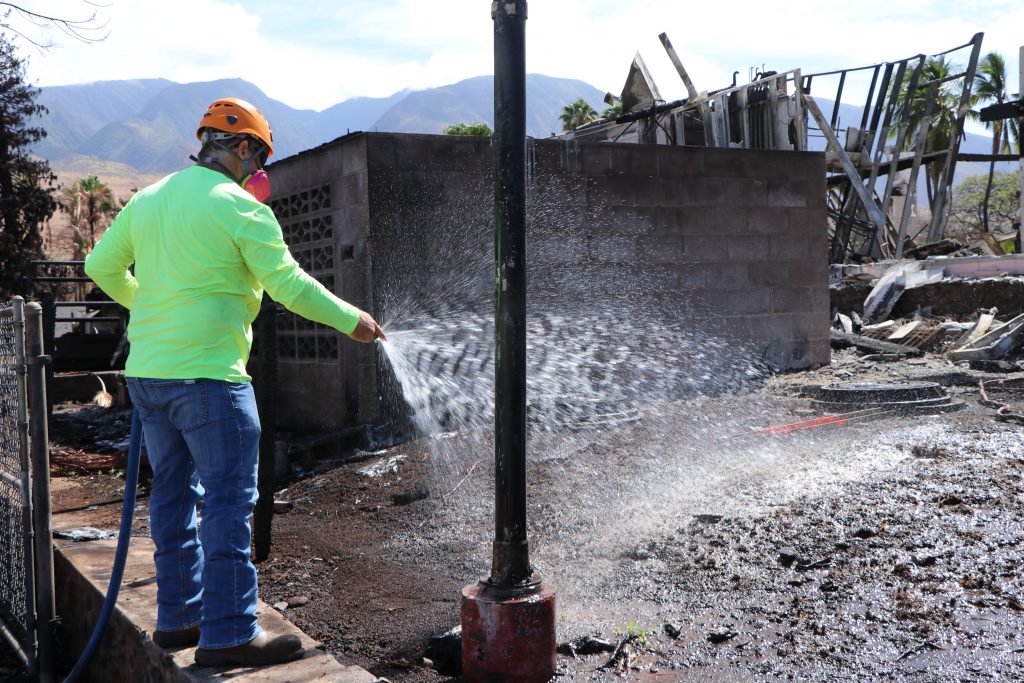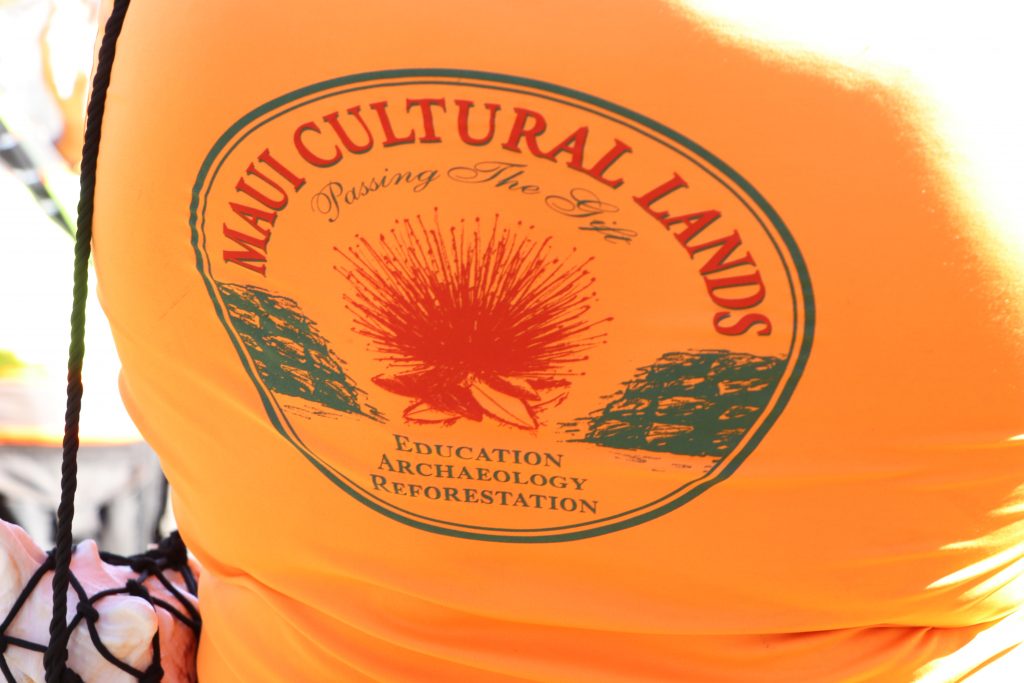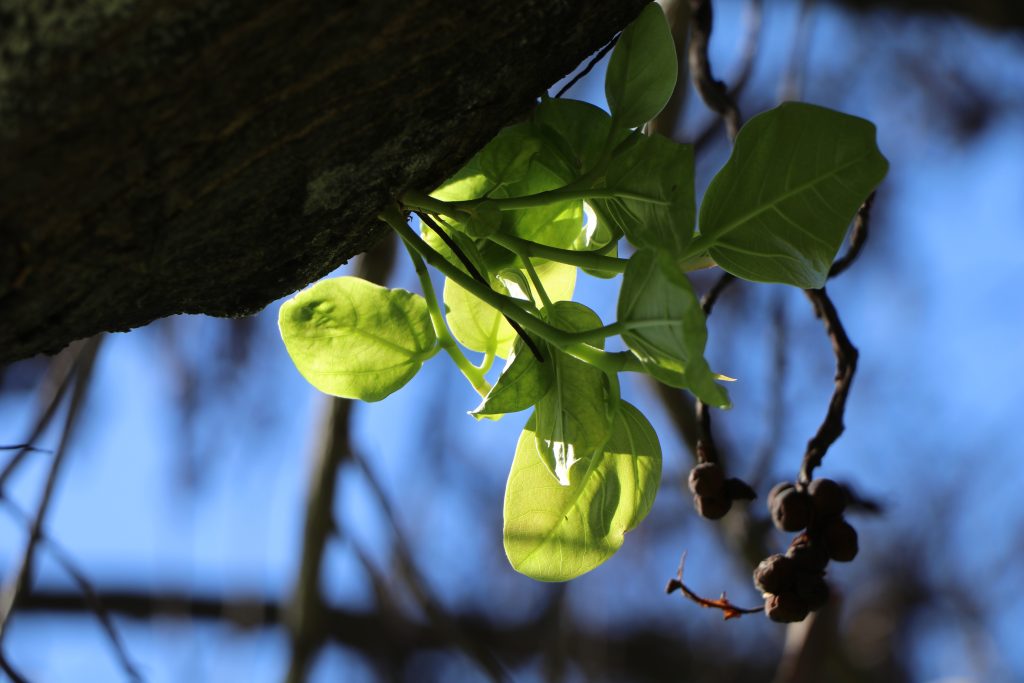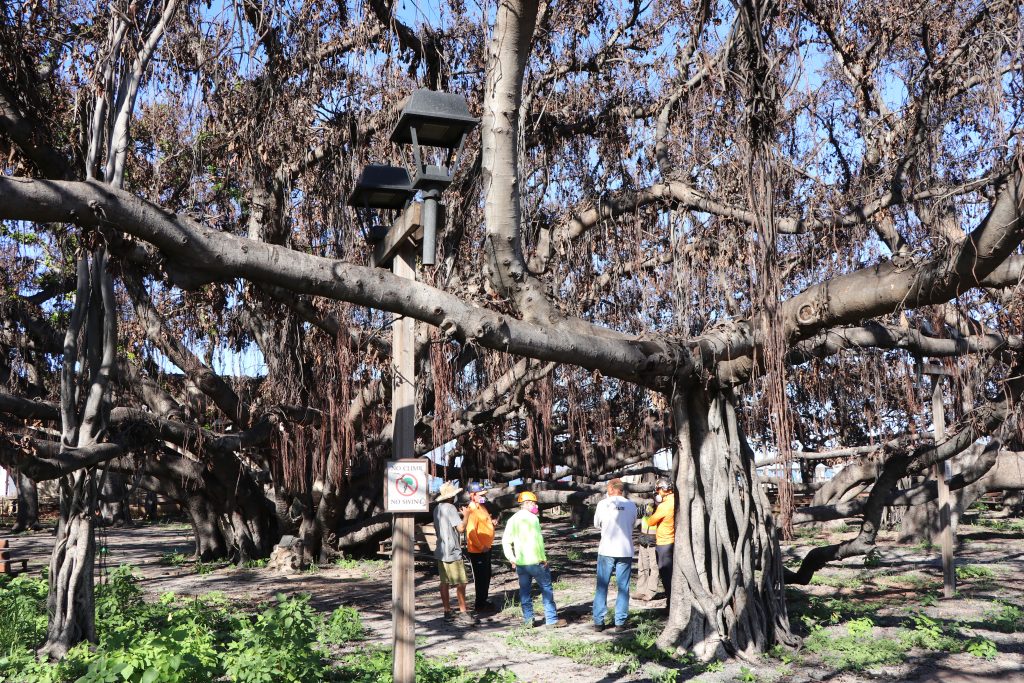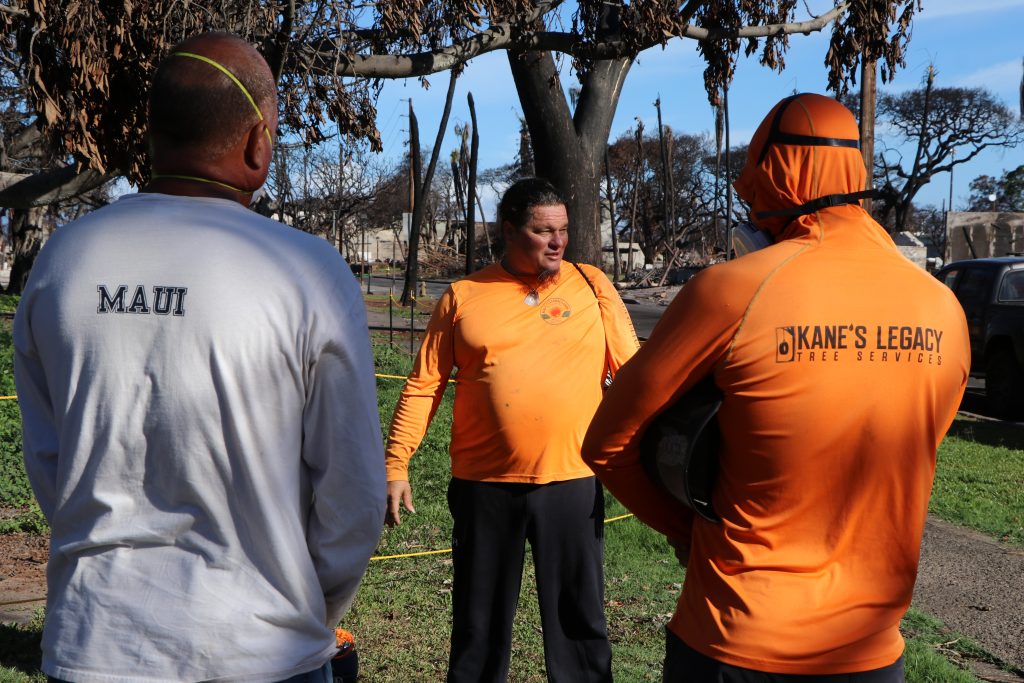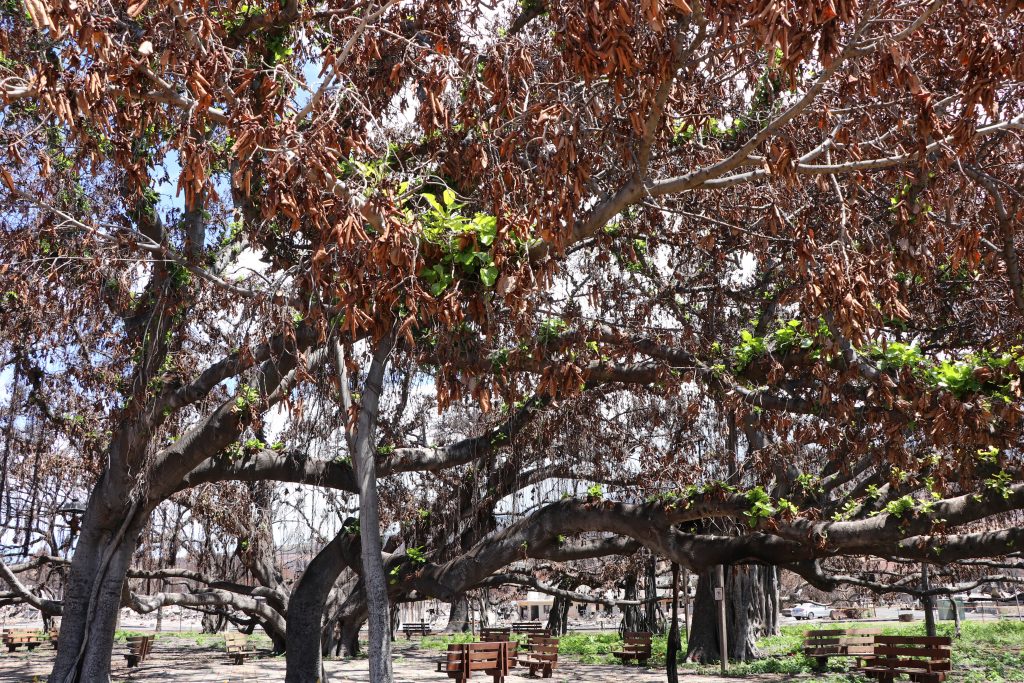Experts debunk tree-cutting misinformation following Maui wildfires
Experts are encouraging Hawai‘i residents to retain valuable trees around their homes, contrary to misinformation circulating in the wake of the devastating Maui wildfires.
Healthy, viable trees, especially native species, enhance environmental health and help mitigate fire risk. However, social media posts following the wildfires seemed to fuel the notion, and the calls, that people should chop their trees down.

“We lost 20,000 or more trees in the fire,” said Jake Kane, owner of Kane’s Legacy Tree Services, while at a location just above Lāhainā. “We need all the trees we can get right now just to keep our environment healthy. Trees are great filters. Properly maintained trees in the right spots don’t pose a fire hazard. A lot of the trees that burned, caught fire because the house was on fire. Trees are not necessarily entry points for fire to your home.”
He explained the concept of fire laddering, which involves removing material that grows on a tree from the ground up to the canopy to create a big shade layer, leaving no place for embers to land and ignite up the tree.
Kane is one of the experts involved in the Lāhainā tree recovery efforts. He’s also one of the volunteer arborists and landscape professionals who have received calls from homeowners wanting to cut down all the trees around their houses.
“We’ve been able to sway some people and the others we tell we’re not interested in removing non-hazardous trees,” he said. “If it’s the wrong tree in the wrong spot, absolutely. Always replace with the right tree in the right spot.”
For three days, Kane watched piles of mulch used in his work smolder and smoke after it ignited in the Aug. 8 wildfire. Days after the fire that destroyed Lāhainā, Maui County firefighters were still pouring thousands of gallons of water on the stubborn, burning layers of mulch.
That was the most visible sign of what he lost, but there was much more.
“We lost our entire 2-acre baseyard on the corner of the Lāhainā Bypass Road and Hokiokio Street. Seven trucks, three chippers, two trailers, a backhoe, a skid steer, a tractor and a tub grinder,” Kane said.
An employee living on the property escaped with just the shirt on his back.
Duane Sparkman, who is coordinating the Lāhainā Treescape Restoration Project, said a lot of people are being very reactive right now, cutting down trees thinking that those trees will lead to their house burning down.
“What we’re finding is the house burned the tree,” said Sparkman. “We’re trying to get people to understand to keep your trees big, maintain the shade load, keep moisture on it and clean the dry stuff off the ground, like leaf piles.”
The entire group working to save and restore Lāhainā’s urban forest is focusing on native trees, which are typically more fire-resistant than introduced species. It’s not just about aesthetics, but a necessity.
“To be honest, if we can change a town’s heat load, change the humidity factor with the presence of healthy, viable trees, we can prevent fires, or at least slow down their movement,” Sparkman added. “That’s the future we’re all aiming for.”
Sponsored Content
Comments




